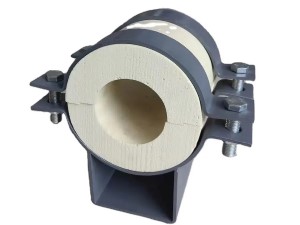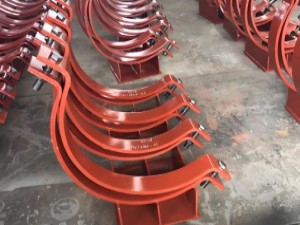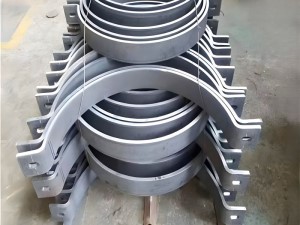304, 304L and 304H stainless steels are highly useful in a variety of applications, and are among the most versatile and widely used of all the stainless steel grades. What is it that makes these grades the best all-around performance stainless steels?
The Many Benefits of 304 Stainless Steels
- High strength
- Excellent Formability and Weldability
- Excellent Low-Temperature Properties
- Great Response to Hardening by Cold Working
- High Corrosion/Oxidation Resistance
- Carefully Controlled Chemical Composition
- Affordable Cost
304 and 304L can be press-baked or roll-formed into numerous shapes for various applications across industrial, architectural and transportation sectors.
The Difference Between 304, 304L and 304H Stainless Steel
When it comes to variations between 304 and 304L stainless steel, the most essential thing to note is the latter’s greater immunity to intergranular corrosion. Intergranular corrosion is the cracking that can occur along grain boundaries of steel in the presence of tensile stress.
304 stainless steel has good welding characteristics and does not typically require post-weld annealing. 304L stainless steel also doesn’t require post-weld annealing, and is widely used in heavy-gauge components where its immunity to carbide precipitation is needed.
304H stainless steel has the higher carbon content, which makes it ideal for applications requiring good mechanical properties at elevated temperatures. It is frequently used as a construction material up to about 1500 degrees Fahrenheit, but provides improved high temperature strength when exposed to temperatures exceeding 800 degrees Fahrenheit. It has a greater short and long term creep strength and is more resistant to sensitization than its 304L counterpart.
Common Applications of 304, 304L and 304H Stainless Steel
- Architectural Moldings & Trim
- Kitchen Equipment (sinks, saucepans)
- Plumbing Materials
- Textile, Paper, Pharmaceutical & Chemical Industry Processing Equipment
- Back Splashes





